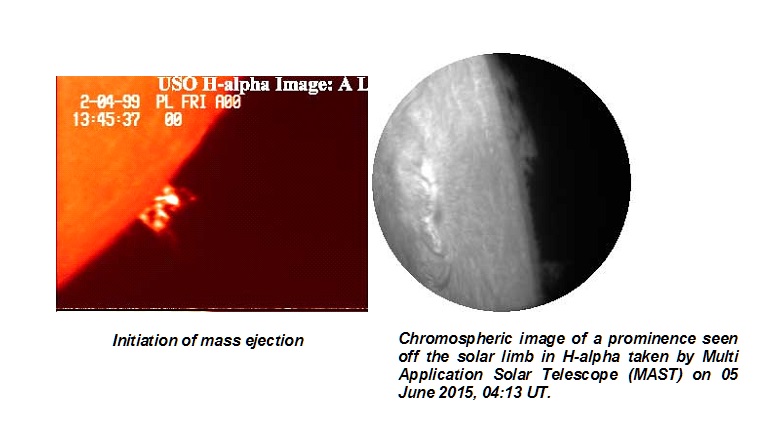Aditya – L1 mission to study the moon – Diligent IAS 25/09/2019 – Posted in: Daily News – Tags: Aditya -1
Adatiya-L1 Mission
For: Preliminary & Mains
Topics covered: About Adatiya-L1 mission
News Flash
Through Adatiya-L1, India is all set to study the sun for the first time. The space agency plans to launch it by 2020.
- The project is approved and the satellite will be launched during 2019 – 2020 timeframe by PSLV-XL from Sriharikota.
Adatiya-L1
Adatiya-L1, initially coined as Aditya-1, was conceived as a 400kg class satellite carrying one payload, the Visible Emission Line Coronagraph (VELC) and was planned to launch in an 800 km low earth orbit.
A Satellite placed in the halo orbit around the Lagrangian point 1 (L1) of the Sun-Earth system has the major advantage of continuously viewing the Sun without any occultation/ eclipses. Therefore, the Aditya-1 mission has now been revised to “Aditya-L1 mission” and will be inserted in a halo orbit around the L1, which is 1.5 million km from the Earth.
Adatiya-L1 with additional experiments can now provide observations of Sun’s Photosphere (soft and hard X-ray), Chromosphere (UV) and corona (Visible and NIR).
In addition, particle payloads will study the particle flux emanating from the Sun and reaching the L1 orbit, and the magnetometer payload will measure the variation in magnetic field strength at the halo orbit around L1.
These payloads have to be placed outside the interference from the Earth’s magnetic field and could not have been useful in the low earth orbit.
Lagrangian points and halo orbit
Lagrangian points are the locations in space where the combined gravitational pull of two large masses roughly balance each other. Any small mass placed at that location will remain at constant distances relative to the large masses. There are five such points in Sun-Earth system and they are denoted as L1, L2, L3, L4 and L5. A halo orbit is a periodic three-dimensional orbit near the L1, L2 or L3.
Aditya-1
Aditya-1 was meant to observe only the solar corona. The outer layers of the Sun, extending to thousands of km above the disc (photosphere) is termed as the corona.
It has a temperature of more than a million degree Kelvin which is much higher than the solar disc temperature of around 6000K. How the corona gets heated to such high temperatures is still an unanswered question in solar physics.
Source: ISRO
READ MORE DAILY NEWS
- Anti Defection Law
- Punjab State Legislature (Prevention of Disqualification) Act, 1952
- Gaganyaan Mission
- Anti Defection Law
- Controlled Human Infection Model
- International Migrant Stock 2019
You are on the Best Online IAS preparation platform. You are learning under experts.
We are present on Facebook- Diligent IAS, LinkedIn- Diligent IAS, YouTube- Diligent IAS, Instagram- Diligent IAS. Get in touch with us.

